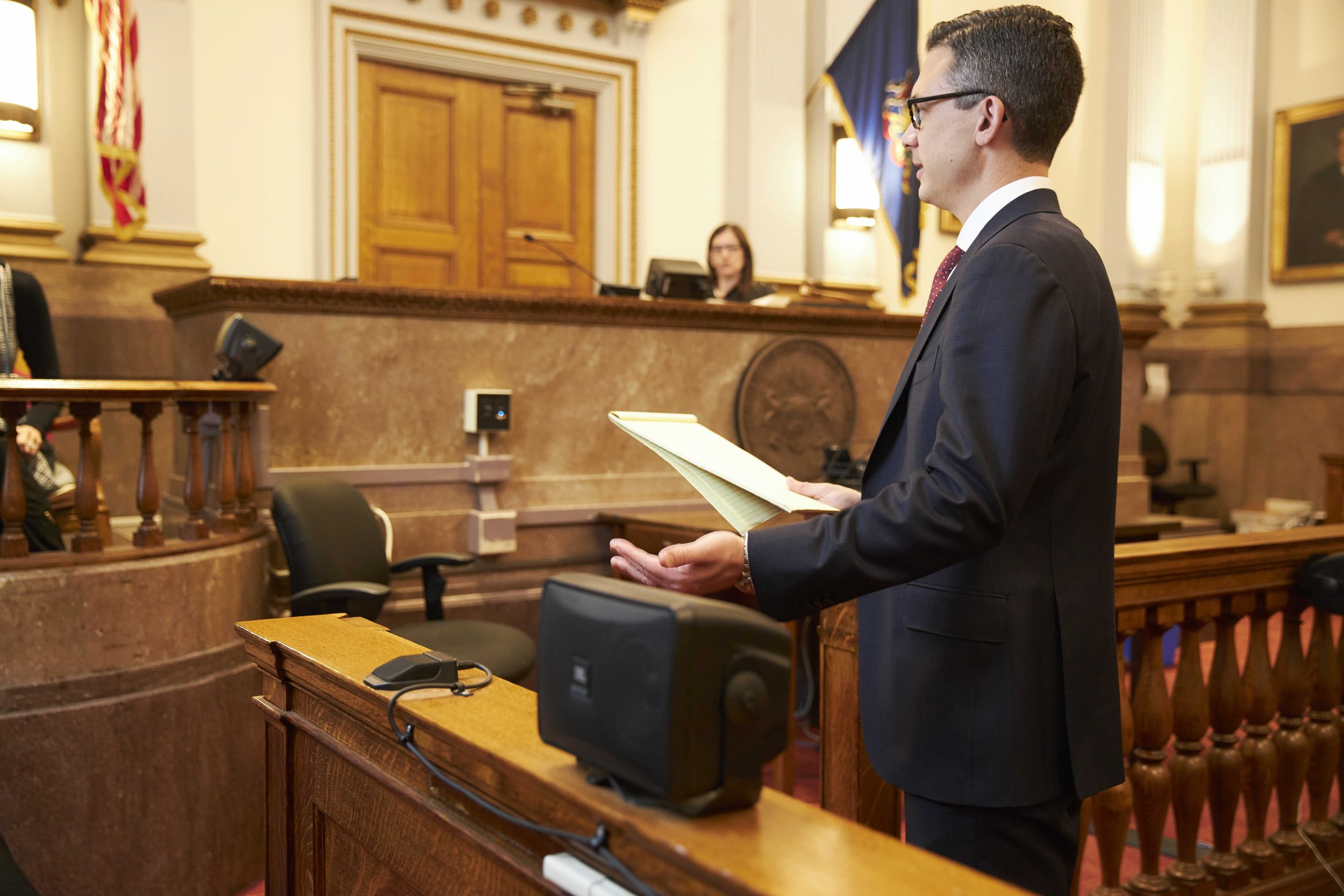Leading Federal Appeal Attorneys: Your Companions in Browsing the Appeals Refine
Leading Federal Appeal Attorneys: Your Companions in Browsing the Appeals Refine
Blog Article
Debunking the Process of Federal Appeals: What You Need to Know
Browsing the detailed world of government allures can often appear like passing through undiscovered waters for those not familiar with the procedure. Understanding the nuances of appellate court jurisdiction, the complexities of filing a notice of charm, presenting a compelling short, and making a convincing dental disagreement are crucial parts that can significantly impact the outcome of a case. By deciphering the layers of complexity surrounding federal appeals, individuals can gain a more clear understanding right into the devices that regulate this important phase of the lawful system.
Comprehending Federal Appeals Process
Exploring the intricate world of the government charms process unveils a structured and systematic journey through the judicial system. Federal appeals function as a critical device for examining decisions made by lower courts. Understanding this procedure is necessary for any individual associated with legal process at the government level.
The process commonly starts with a celebration disappointed with a reduced court's judgment submitting a notification of appeal. This triggers a testimonial by a higher court, where a panel of courts examines the legal arguments offered by both parties. Briefs outlining the lawful reasoning behind each event's setting are submitted, and dental arguments might be heard to clear up intricate problems.
The appellate court's choice is based on a thorough examination of the lower court's proceedings and the debates presented. As soon as the appellate court gets to a decision, it can affirm, reverse, remand, or change the reduced court's ruling, offering clarity and finality to the lawful conflict.
Appellate Court Jurisdiction Discussed
As we progress from recognizing the government charms process to studying the details of appellate court jurisdiction, a fundamental facet emerges concerning the authority and limits of these greater courts in the lawful landscape. Appellate court territory refers to the extent of situations that a particular appellate court has the power to make a decision and evaluate upon. Unlike high court that hear cases for the very first time, appellate courts are limited to assessing choices made by reduced courts. These decisions can consist of judgments from both state and federal courts.
Appellate courts have territory over particular sorts of cases, commonly those including lawful errors, procedural concerns, or questions of legislation instead than valid conflicts. The territory of appellate courts is generally described in laws and laws that regulate the court system. Recognizing appellate court jurisdiction is vital for parties associated with the allures process as it identifies whether a situation is qualified for testimonial and the extent to which the appellate court can intervene in the reduced court's choice.
Declaring a Notice of Charm
The preliminary action in commencing the federal charms process includes filing a Notification of Allure with the appropriate appellate court. This important paper officially alerts the court and the various other parties associated with the situation that the appealing celebration means to look for a testimonial of the reduced court's decision. Filing a Notice of Charm is a stringent step-by-step demand that sets the appellate process in movement.
When preparing the Notice of Charm, it is necessary to make sure conformity with the certain regulations and guidelines of the relevant appellate court. federal crime attorney. The record has to typically consist of details such as the instance name, the reduced court's name, the date of the judgment being appealed, and a concise statement showing the premises for the allure

Instruction and Oral Debate
In the appellate process, providing written briefs and involving in dental arguments play crucial roles in supporting for the appealing party's setting prior to the appellate court. Briefs are extensive lawful documents that describe the parties' disagreements, lawful authorities, and analysis sustaining their placements. These written submissions give the court with a comprehensive understanding of the realities of the case, the appropriate legislation, and why the appealing event believes the lower court's decision must be rescinded.
Following the submission and evaluation of the briefs, dental arguments provide the celebrations a possibility to more clarify their my company positions, deal with any type of inquiries the appellate courts might have, and emphasize key points from their composed briefs. Oral arguments are an opportunity for the attorneys to convince the courts through verbal campaigning for and responses to questions from the bench.
Both the written briefs and oral arguments are vital components of the appellate process, allowing parties to provide their instance extensively and compellingly before the appellate court. - federal crime attorney
Obtaining the Appellate Court Choice
The appellate court's decision is typically provided in a created style and lays out the court's conclusions on the lawful issues provided, the thinking behind their decision, and the judgment made. The time structure for getting the appellate court's choice can differ, but courts aim to give timely resolutions. Whether the appellate court verifies, turns around, or remands the lower court's decision, comprehending the effects of the ruling is crucial for all celebrations entailed in the appellate process.
Final Thought
Comprehending the appellate court jurisdiction, submitting a notification of appeal, preparing briefs, and offering dental debates are all vital components of this procedure. Inevitably, obtaining the appellate court choice can give quality and resolution to legal conflicts.
As we advance from comprehending the federal appeals procedure to studying the details of appellate court territory, a basic element comes to light relating to the authority and limitations of these higher courts in the lawful landscape. Appellate court territory refers to the range of situations that a particular appellate court has the power to determine and assess upon. Unlike test courts that hear instances for the initial time, appellate courts are limited to evaluating decisions made by reduced courts. Comprehending appellate court jurisdiction is crucial for events included in the appeals procedure as it figures out whether a situation is qualified for review and the extent to which the appellate court can interfere in the lower court's choice.

Report this page